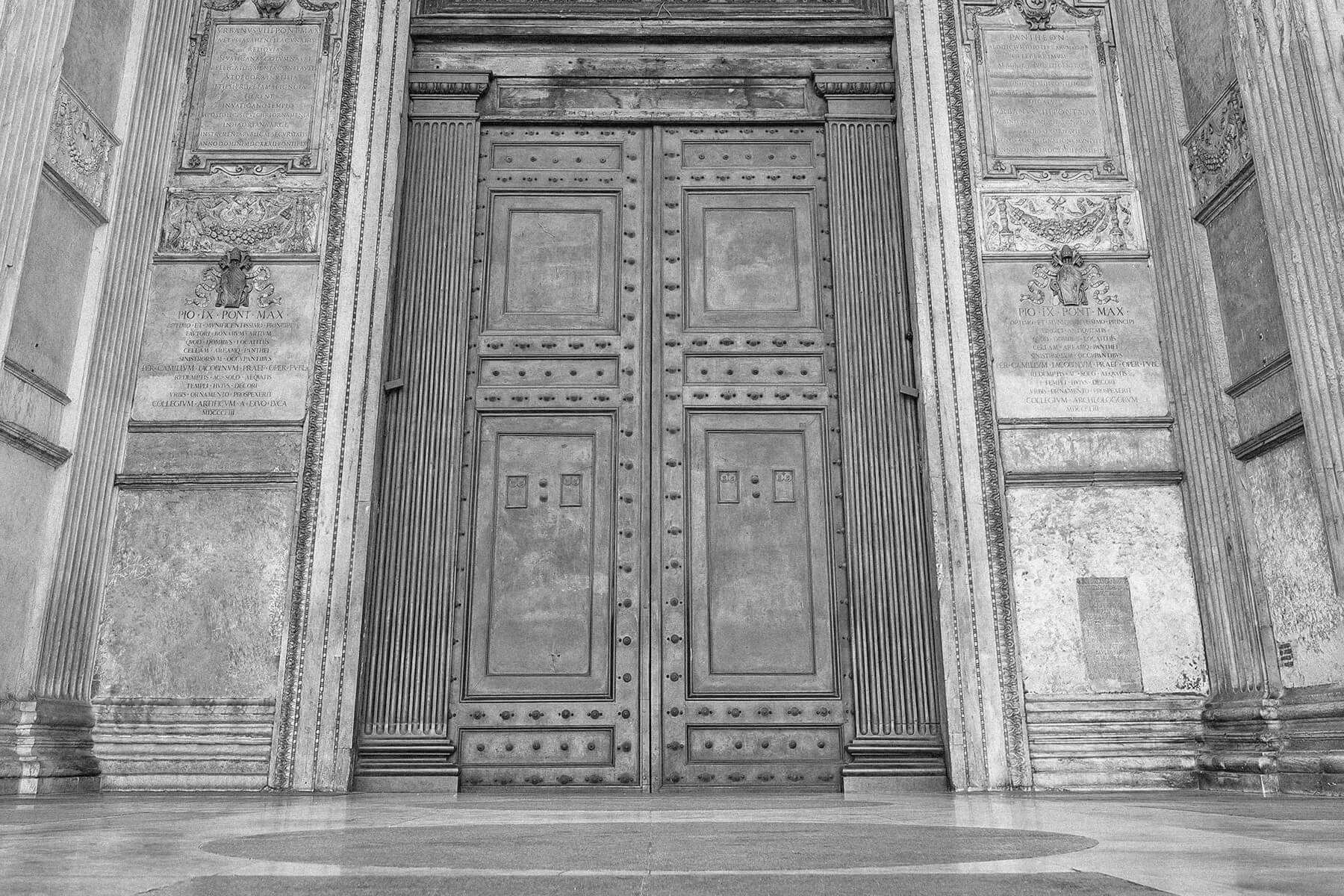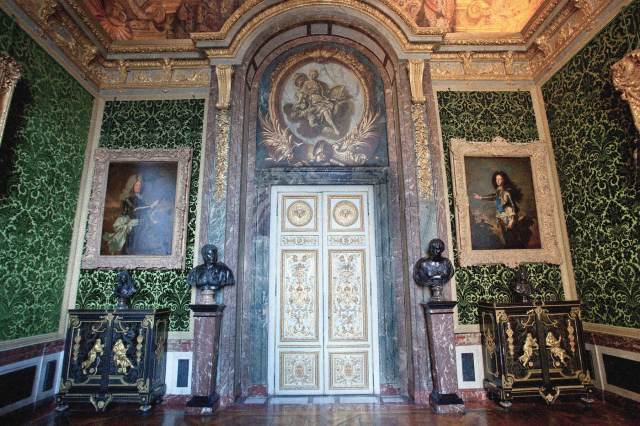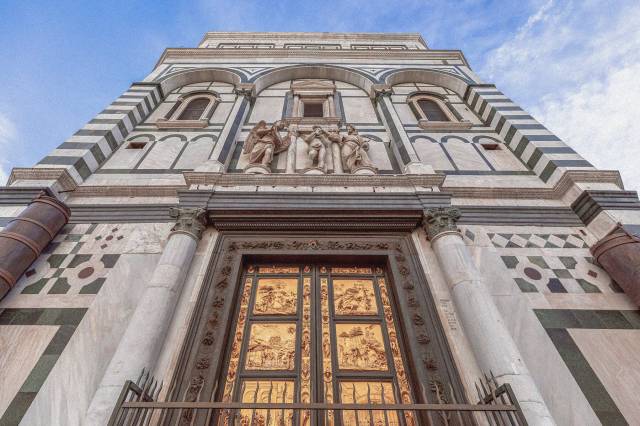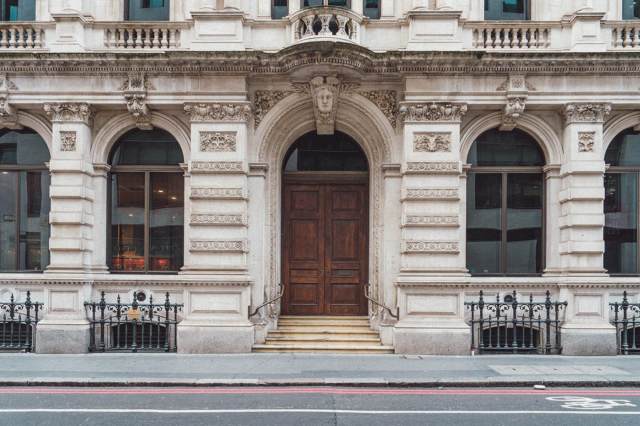Why Are Historical Doors So Large?
When visiting a historic site — whether an ancient or medieval castle, cathedral, or statehouse — you may have noticed an eye-catching detail about the architecture: doors that are far larger than those found in modern buildings.
Today, a standard interior door is typically 80 inches (6 feet, 8 inches) tall and 28 inches to 36 inches wide, while exterior doors are usually the same height but range from 32 inches to 42 inches wide for single doors and 60 inches to 72 inches for double doors. Historically, however, door sizes varied widely, reflecting architectural styles and cultural priorities. Doors built on an impressive scale, often towering over their modern counterparts, adorned buildings of all kinds, but these oversized entryways weren’t just for aesthetics. Here are some reasons historical doors tend to be so large.
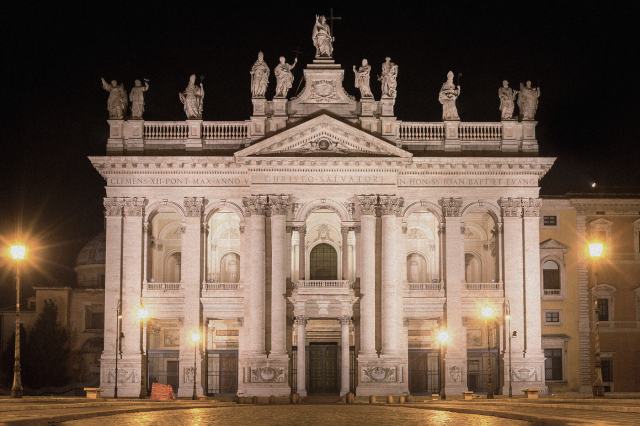
Big Doors Represented Great Power and Influence
Large doors have long symbolized power, authority, and social hierarchy. In ancient civilizations including Mesopotamia, Egypt, and Rome, monumental doorways marked temples, palaces, and civic buildings, emphasizing their divine or political significance. The Ishtar Gate of Babylon, built in the sixth century BCE under King Nebuchadnezzar II, was a massive entryway adorned with glazed blue bricks and images of sacred animals. It served as both a protective barrier and a symbol of the city’s splendor. Similarly, Rome’s grand entrances, such as those of imperial forums and temples, reinforced the might of the empire. Medieval European cathedrals later adopted this tradition, using towering doors to inspire awe and humility.
A striking example is the set of bronze doors at the Basilica of St. John Lateran in Rome, originally part of the Curia Julia, the ancient Roman Senate House completed in 29 BCE. These massive doors were relocated to the Basilica of St. John Lateran in the late 17th century under Pope Alexander VII. Standing more than 25 feet tall, they reflect both the opulence of imperial Rome and the authority of the Catholic Church.





